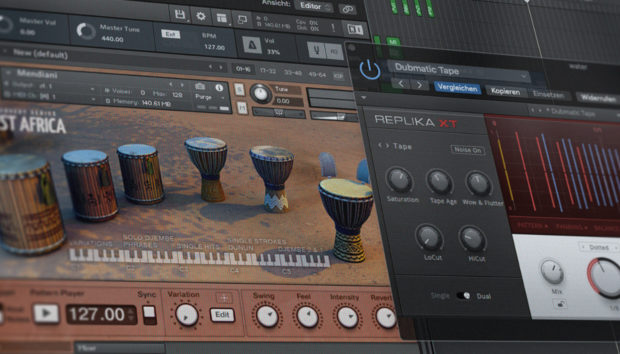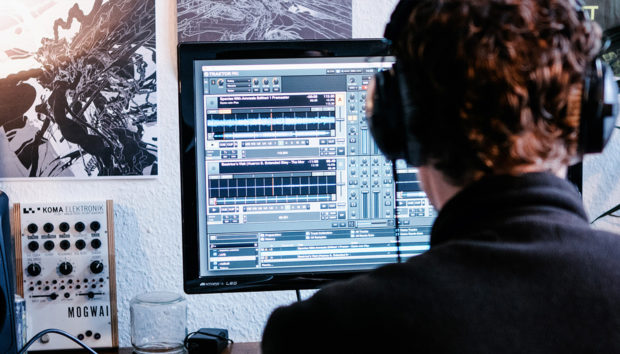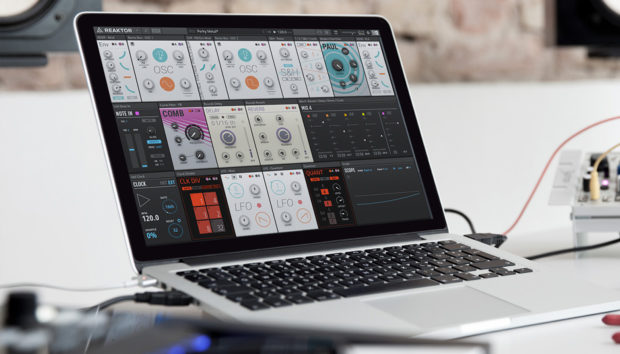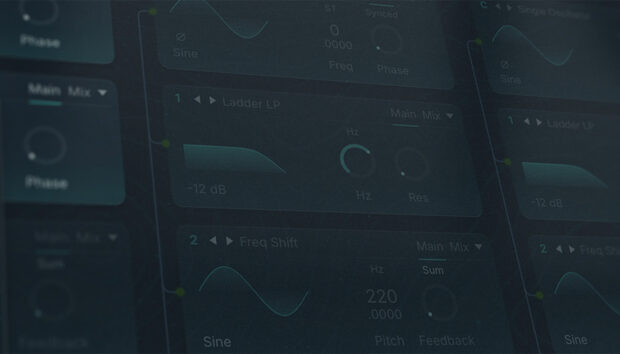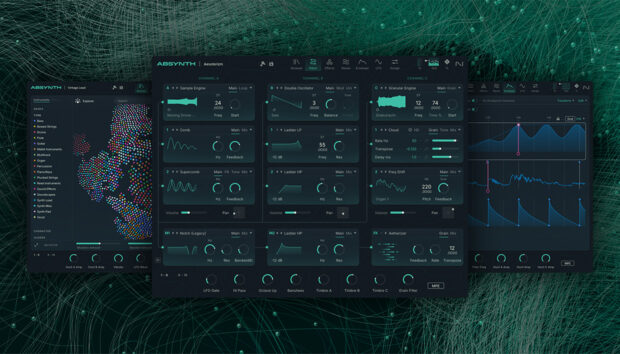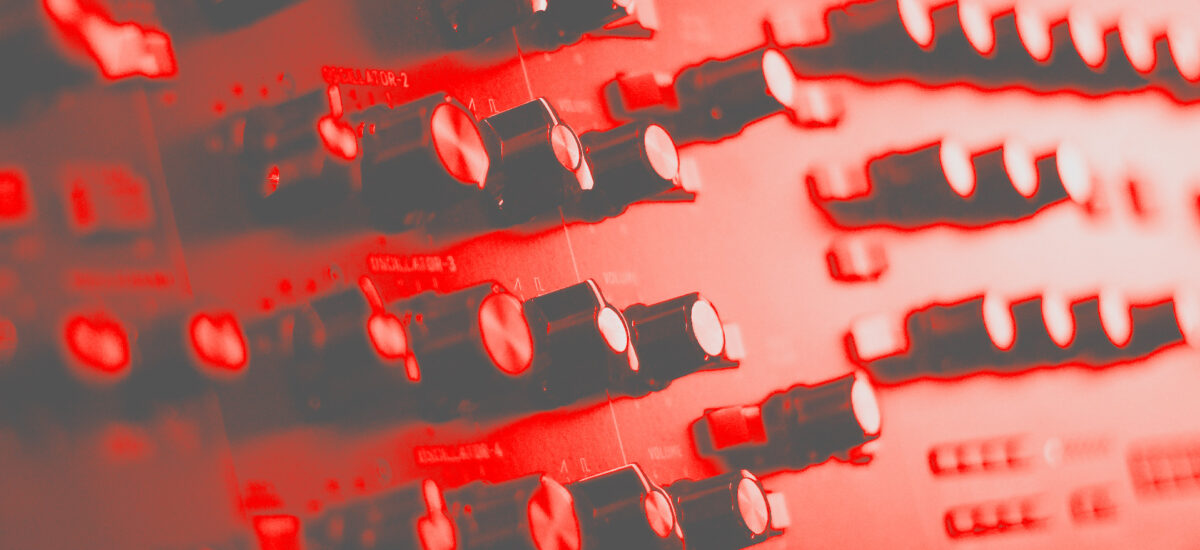
Creating a compelling soundscape is a fundamental part of being a great music producer. One way to enhance your tracks’ sound design is through modulation. With this technique, you can shape the tone of a synth, create movement with effects, and add depth to your music. Once you understand modulation, you’ll start noticing it throughout the music you’re listening to. Then you’ll want to try it out yourself.
In this article, we’ll break down what modulation in music is, how it works, and how you can use it to make your tracks more dynamic. We’ll also demonstrate different modulation techniques using synths and effects so you can hear the difference modulation can make for yourself.
Jump to these sections:
Follow along with this tutorial using Massive X and FM8, two powerful synths included in Komplete Standard.
What is modulation in music production?
Before we get hands-on with examples, let’s understand what modulation in music is. Essentially, it is the changing of a sound’s properties over time. Instead of keeping parameters like pitch, volume, or tone static, modulation allows you to manipulate them dynamically. This movement can be subtle like a slight vibrato on a lead — or extreme, like a chaotic bass growl.
Modulation makes a track feel alive. Without it, synths can sound rigid, and effects might feel flat. Used correctly, modulation adds depth, motion, and variation, and can make simple elements more engaging.
Modulation applies to almost every aspect of sound design and mixing. It’s used in synthesizers, effects processing, and mixing techniques to create movement in different ways. The most common types of modulation include:
- Synth modulation: Using LFOs, envelopes, and other modulation sources to dynamically alter a synth’s sound.
- Modulation effects: Effects like chorus, phaser, and flanger that add motion to a sound.
- Frequency modulation (FM) and amplitude modulation (AM): Synthesis techniques where one waveform changes the sound of the other. These are relatively similar techniques in theory but differ in what aspects of the waveforms are used as a modulation source.
An example of synth modulation can be heard in Skrillex’s classic brostep track “First Of The Year (Equinox).” Listen to the growling synths that start at 01:27. Here Skrillex is modulating various parameters over time like wavetable position and filtering to achieve an aggressive “growl.”
How to use modulation in music production
Modern music production software and hardware is extremely powerful. Because of the endless routing possibilities, modulation can be applied in countless ways. For this article we’ll go through four core techniques you can use in your productions when getting started with modulation.
1. Use LFOs to add movement
LFOs (low-frequency oscillators) are one of the most common modulation tools in synthesis. Unlike regular oscillators, LFOs don’t generate sound. LFOs operate at much lower frequencies and are used as a source to alter synth parameters.
Some common LFO applications are filter modulation, pitch modulation, and amplitude modulation. You can use filter modulation to sweep filters and create movement. Pitch modulation can let you create warbling effects like vibrato. Pulsing level effects can be achieved through amplitude modulation.
Let’s assign an LFO in Massive X and see how it affects a sound. We’ll start by loading up a basic saw wave patch.
Next, we’ll head over to the LFO section of the synth.
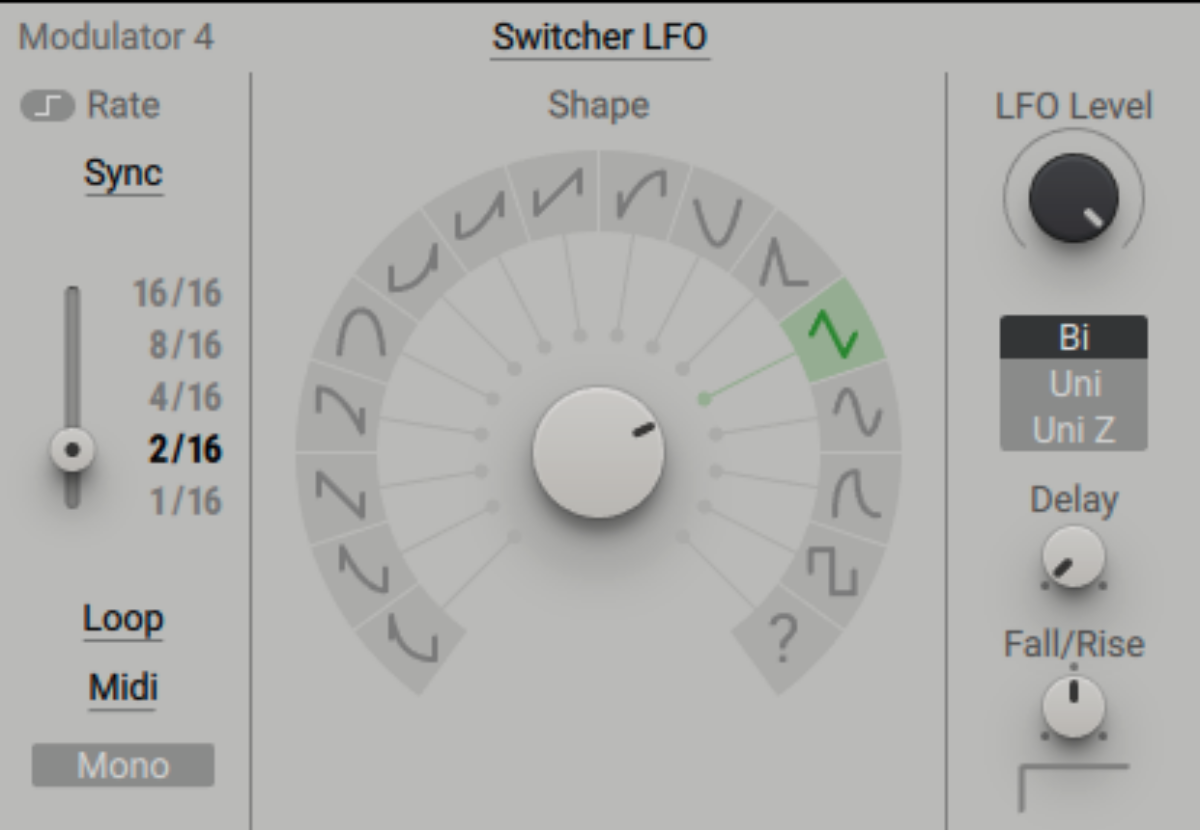
We can assign this LFO to the filter cutoff knob to create a cycling warble.

This is how it sounds:
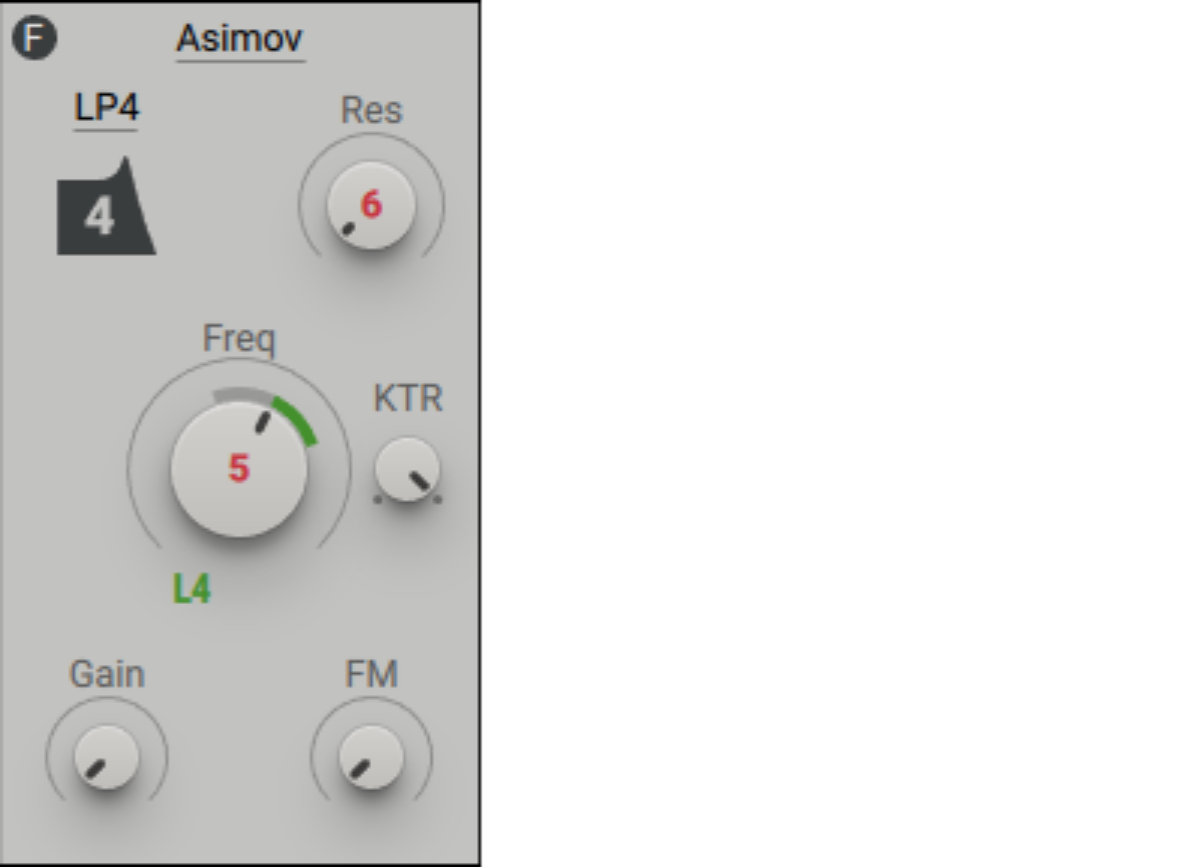
2. Use modulation envelopes for sweeping effects
Modulation envelopes are another way that you can shape how a parameter changes over time. Unlike LFOs, which cycle continuously, modulation envelopes trigger once and follow a specific curve before settling.
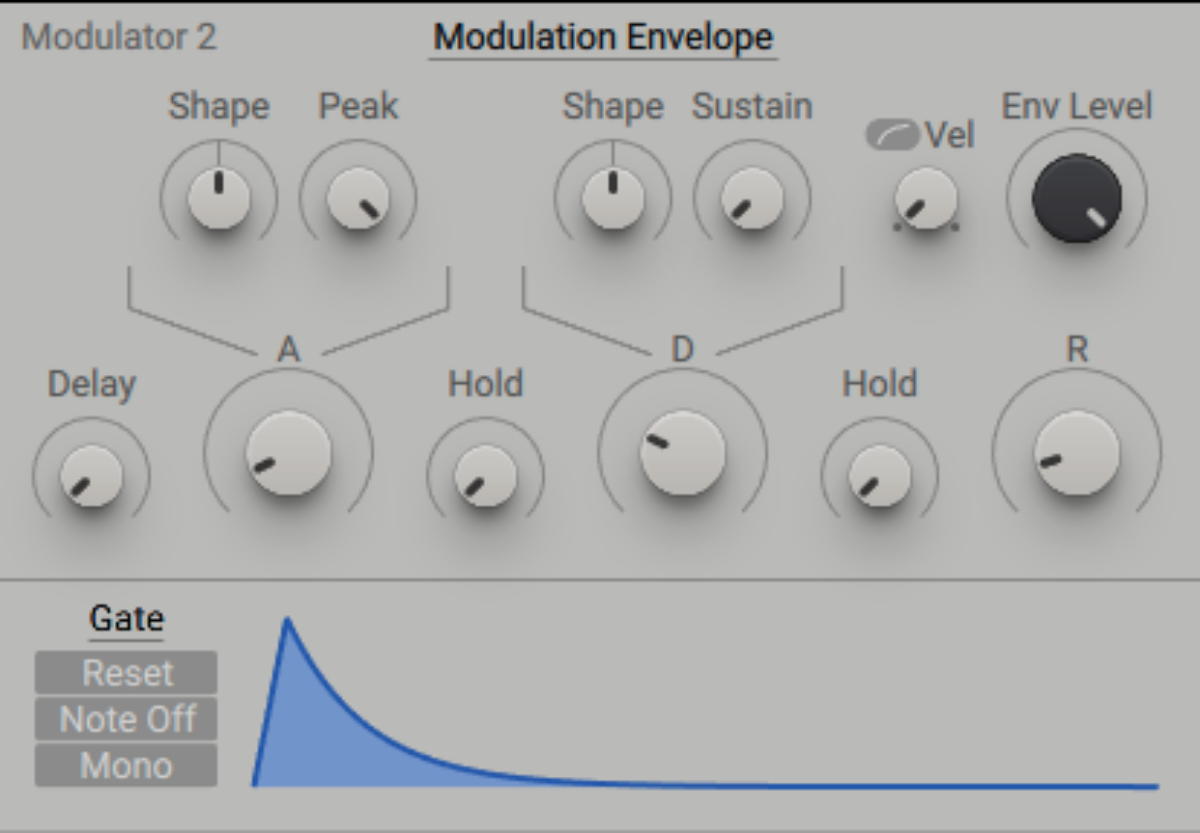
This ADSR curve represents the shape of the envelope. It controls how a sound will be modulated over time. Here’s what each parameter does:
- Attack determines how quickly the envelope reaches its peak after a note is triggered.
- Decay sets the time it takes for the sound to drop from its peak to the sustain level.
- Sustain is the level at which the envelope holds while the note is being played.
- Release controls how long it takes for the sound to fade out completely once the note is released.
In Massive X, each element is even more customizable with controls like ‘shape’ and ‘hold.’
These are the same kinds of controls that you would use for oscillator contours.
We can use a modulation envelope to change the pitch at the beginning of a note when making a sound like an 808-style sub-bass patch. The rapid pitch change will add an impactful attack to the sound.
To do this, we’ll load up a basic sine wave.
Next, we’ll shape a modulation envelope to have a quick attack and decay, so that the pitch change isn’t obvious and noticeable. Then we’ll assign it to the oscillator pitch to give us a spike that hits its maximum value quickly and returns down to zero.
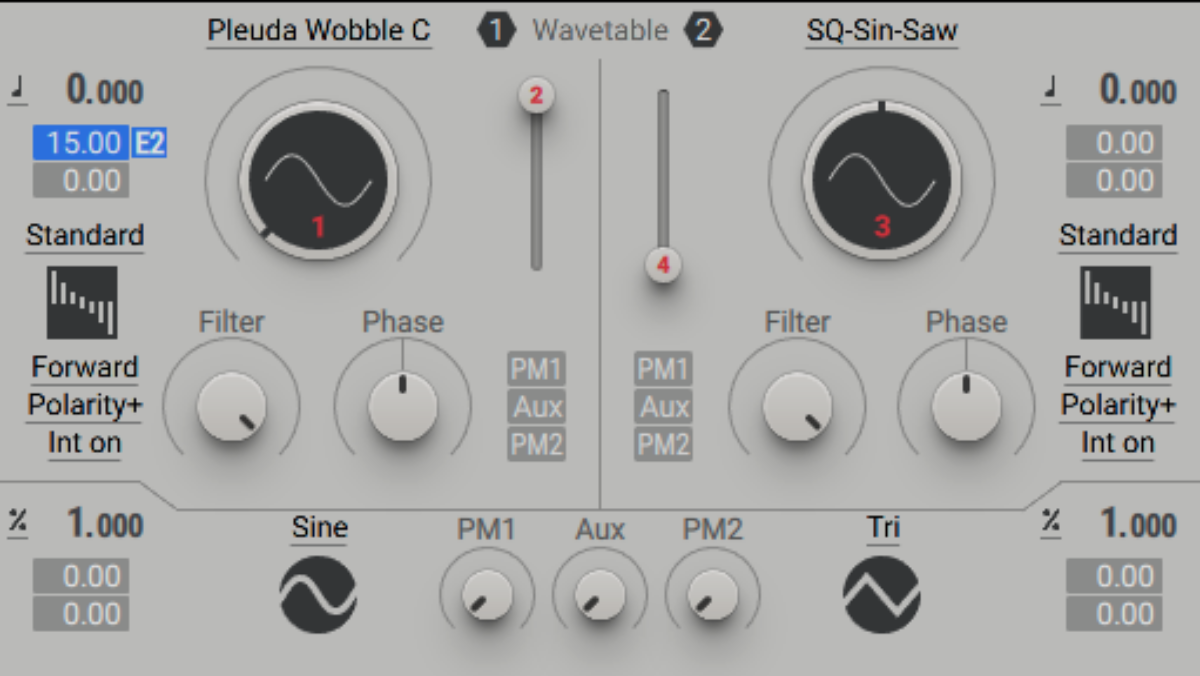
It sounds like this:
The effect the envelope has on the pitch is quite subtle here. So we’ve slowed down the attack and decay in the example below to show you exactly what’s going on. Listen to how the pitch jumps up at the start of the sound.
Just like LFOs, envelopes have countless modulation possibilities. It’s also worth noting here that LFOs and envelopes can control multiple parameters of your synth simultaneously. Experiment with different depths for different parameters and you will be surprised at how quickly you’ll discover interesting sound design possibilities.
3. Add depth with chorus, flanger, and phaser effects
For a more macro-level approach to movement, you can use modulation-based effects like chorus, flanger, and phaser. These are super helpful tools for adding space, width, and depth to a mix.
Here is a dry piano sound from Una Corda.
Let’s listen to how each type of modulation effect can influence the tonal quality of this recording.
Chorus duplicates the sound and detunes the copies slightly for a rich, wide texture.
Flanger is similar to chorus but has a more metallic, sweeping effect.
Phaser uses phase shifting to create a swirling, psychedelic movement.
These effects are a staple in synthwave, ambient, and many psychedelic subgenres.
Tame Impala uses modulation effects extensively in tracks like “Let It Happen.”
4. Create unique textures with frequency modulation (FM synthesis)
Frequency modulation (FM) synthesis is a form of synth modulation that creates complex sounds by using one oscillator to modulate the frequency of another. This technique can produce everything from glassy, bell-like tones to gritty, distorted textures.
Open FM8 and experiment with the FM matrix to see FM synthesis in action. This tool lets you control how oscillators interact, dictating which ones modulate others. Here’s a sound from FM8’s presets.
Now, let’s tweak the FM Matrix and adjust how the oscillators influence each other. The difference is striking, as you can hear below.
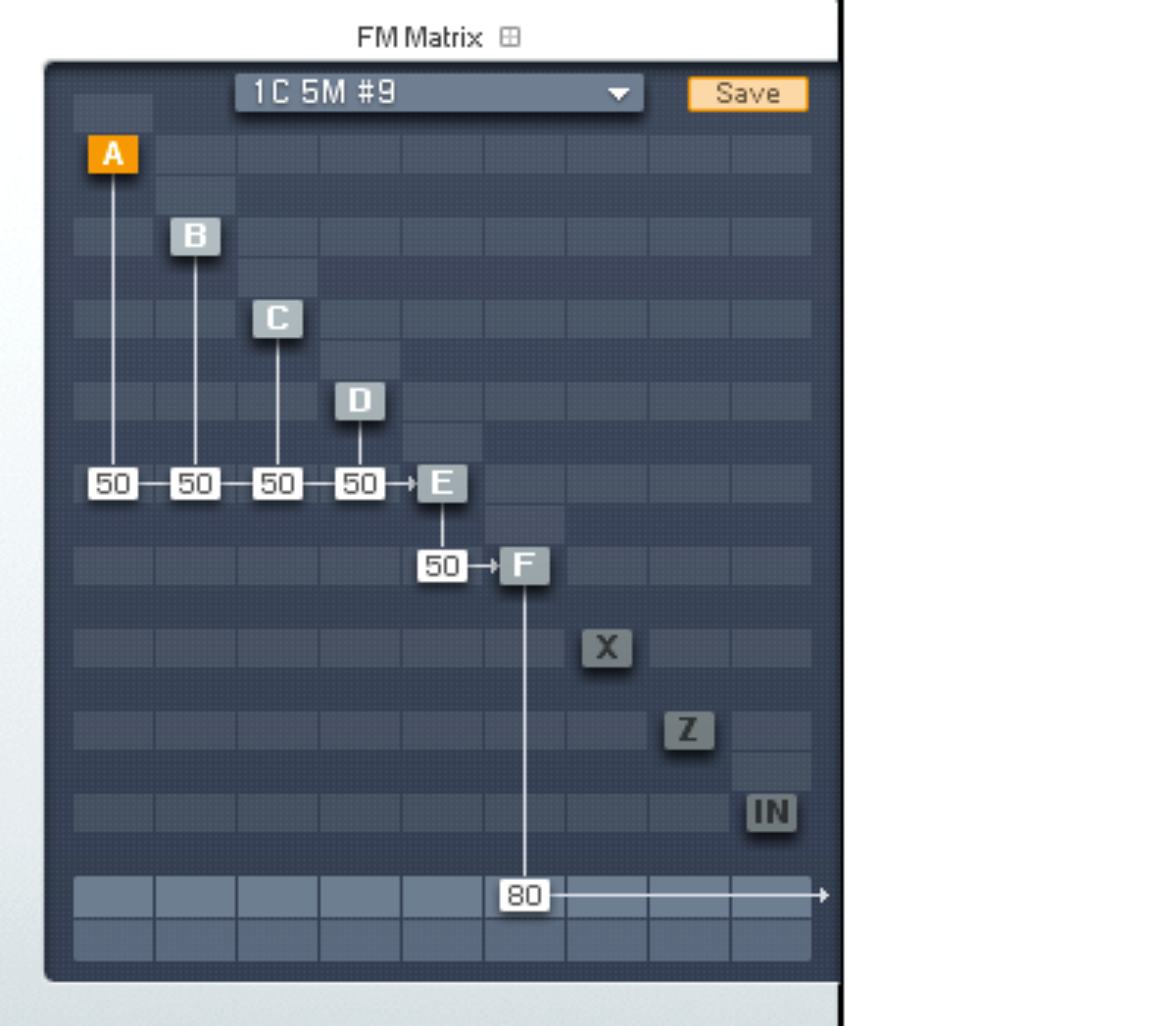
FM synthesis is a deep and intricate topic, and we’re only scratching the surface here. If you want to dive deeper into FM sound design, check out our in-depth guide.
Bring your tracks to life with modulation
Modulation in music is a deep and intricate method of creating movement in your music. Understanding it will vastly improve your sound design skills. To start experimenting, load up a synth, apply some LFO modulation, filter sweeps, or FM synthesis, and listen to how the movement transforms your sounds.
Want to explore modulation even further? Komplete 15 includes powerful synths and modulation tools that can take your tracks to the next level. Start experimenting today and bring your productions to life.
